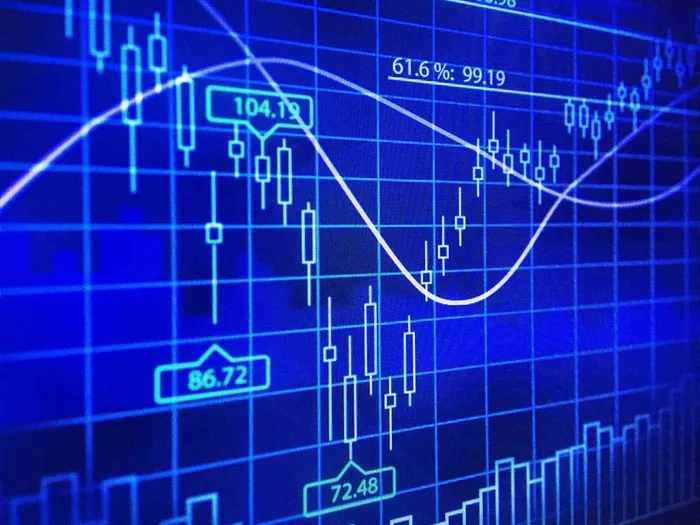Futures stock, often referred to as stock futures or equity index futures, is a vital component of the financial markets. These derivative contracts allow traders and investors to speculate on the future price movements of individual stocks or a basket of stocks. To make informed trading decisions, it’s essential to know how to view and analyze futures stock.
Understanding Futures Stock
Futures stock contracts derive their value from the underlying stock or a stock index. They are standardized financial instruments that obligate the buyer to purchase and the seller to sell a specified quantity of stocks at a predetermined price on a future date. Futures stock can be based on individual stocks, such as Apple Inc. (AAPL), or broader stock indices like the S&P 500.
Importance of Monitoring Futures Stock
Monitoring futures stock is crucial for several reasons:
a. Market Sentiment: Futures stock prices provide insights into market sentiment. Rising prices indicate optimism, while falling prices suggest pessimism.
b. Risk Management: Futures stock contracts allow investors and institutions to hedge against potential losses in their stock portfolios.
c. Trading Opportunities: Traders use futures stock to profit from price movements, both upward (long positions) and downward (short positions).
d. Portfolio Diversification: Investing in futures stock can help diversify a portfolio by gaining exposure to various stocks or sectors.
Methods to View Futures Stock
To view futures stock and monitor their prices, traders and investors can use the following methods:
a. Financial News Websites: Reputable financial news websites provide real-time data on major futures stock contracts. These platforms offer charts, quotes, and news updates related to futures stock.
b. Trading Platforms: Most online trading platforms offered by brokerage firms provide real-time data on futures stock. Traders can use these platforms to execute trades and monitor market movements.
c. Professional Data Providers: Professional data providers offer comprehensive real-time financial data, including futures stock prices. Subscribing to such services can provide access to in-depth analytics and advanced charting tools.
d. Mobile Apps: Many financial mobile apps provide real-time data on futures stock, allowing traders and investors to stay updated while on the go.
Interpreting Futures Stock Data
Interpreting futures stock data involves understanding key information such as:
a. Contract Details: Identify the specific futures stock contract you are tracking, including the underlying asset, contract expiration date, and contract size.
b. Price Movements: Analyze price movements to gauge market sentiment. Rising prices may indicate optimism, while falling prices suggest pessimism.
c. Volume and Liquidity: Pay attention to trading volume, as higher volume often indicates increased market activity and stronger sentiment.
d. Open Interest: Open interest reflects the total number of outstanding futures contracts for a specific stock or index. Changes in open interest can provide insights into market participation.
Analyzing Futures Stock
Analyzing futures stock involves using various tools and techniques to make informed trading decisions. Here are some common approaches:
a. Technical Analysis: Technical analysis involves studying price charts, patterns, and technical indicators. Traders use tools like moving averages, RSI (Relative Strength Index), and MACD (Moving Average Convergence Divergence) to identify potential entry and exit points.
b. Fundamental Analysis: Fundamental analysis examines the underlying factors that may impact the value of the stock or index. This includes analyzing corporate earnings reports, economic indicators, and geopolitical events.
c. Sentiment Analysis: Sentiment analysis assesses market sentiment and news events that may influence futures stock prices. Monitoring news sources and social media can help gauge sentiment.
d. Options Analysis: Options on futures stock contracts can provide insights into market expectations and potential price movements. Analyzing options data can help traders anticipate market volatility.
Using Trading Charts
Trading charts are valuable tools for analyzing futures stock. Traders can use charting software to create and customize charts, allowing them to:
a. Identify Trends: Charts help traders identify trends in futures stock prices, such as uptrends, downtrends, or sideways movements.
b. Spot Patterns: Traders can spot chart patterns like head and shoulders, double tops, and flags, which can signal potential price reversals or continuations.
c. Apply Technical Indicators: Charts can display various technical indicators, such as
moving averages and oscillators, to assist traders in making informed decisions.
d. Set Price Alerts: Many charting platforms allow traders to set price alerts, notifying them when futures stock prices reach specific levels.
Staying Informed
To effectively view and analyze futures stock, staying informed about market news and events is essential. Keep an eye on:
a. Earnings Reports: Corporate earnings reports can significantly impact the prices of individual stocks, which, in turn, affect futures stock based on those stocks.
b. Economic Indicators: Monitor economic indicators like GDP, unemployment rates, and consumer confidence, as they can influence market sentiment.
c. Geopolitical Developments: Global events, such as elections, trade agreements, and geopolitical tensions, can affect stock markets and futures stock prices.
d. Central Bank Actions: Keep tabs on central bank policies and interest rate decisions, as these can have far-reaching effects on stock markets.
Risk Management
Trading futures stock involves inherent risks. To manage these risks effectively:
a. Set Stop-Loss Orders: Implement stop-loss orders to limit potential losses. These orders automatically close your position when the market moves against you by a specified amount.
b. Position Sizing: Determine the appropriate position size for each trade based on your risk tolerance and trading plan.
c. Diversification: Avoid overconcentration in a single futures stock or sector by diversifying your trades.
d. Stay Disciplined: Adhere to your trading plan and avoid making impulsive decisions based on fear or greed.
Conclusion
Viewing and analyzing futures stock is a critical skill for traders and investors seeking to navigate the financial markets successfully. Whether you’re a short-term trader looking to profit from price movements or an investor hedging your portfolio, understanding futures stock data, applying various analysis techniques, and staying informed about market events are key components of effective trading. Additionally, risk management is paramount to safeguarding your capital and achieving long-term success in futures stock trading.


